Rohit Mittapalli
Scalable Diverse Model Selection for Accessible Transfer Learning
Nov 12, 2021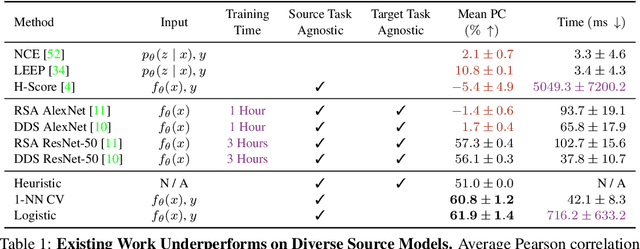
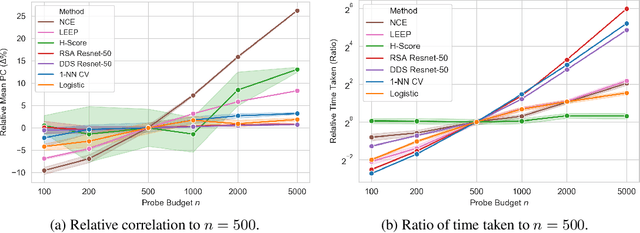

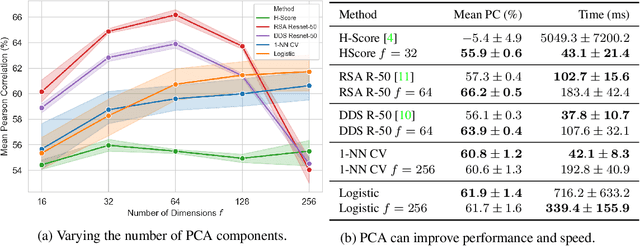
Abstract:With the preponderance of pretrained deep learning models available off-the-shelf from model banks today, finding the best weights to fine-tune to your use-case can be a daunting task. Several methods have recently been proposed to find good models for transfer learning, but they either don't scale well to large model banks or don't perform well on the diversity of off-the-shelf models. Ideally the question we want to answer is, "given some data and a source model, can you quickly predict the model's accuracy after fine-tuning?" In this paper, we formalize this setting as "Scalable Diverse Model Selection" and propose several benchmarks for evaluating on this task. We find that existing model selection and transferability estimation methods perform poorly here and analyze why this is the case. We then introduce simple techniques to improve the performance and speed of these algorithms. Finally, we iterate on existing methods to create PARC, which outperforms all other methods on diverse model selection. We have released the benchmarks and method code in hope to inspire future work in model selection for accessible transfer learning.
Likelihood Landscapes: A Unifying Principle Behind Many Adversarial Defenses
Aug 25, 2020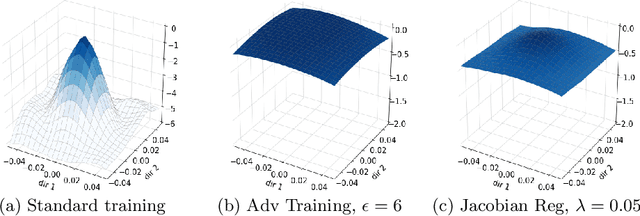

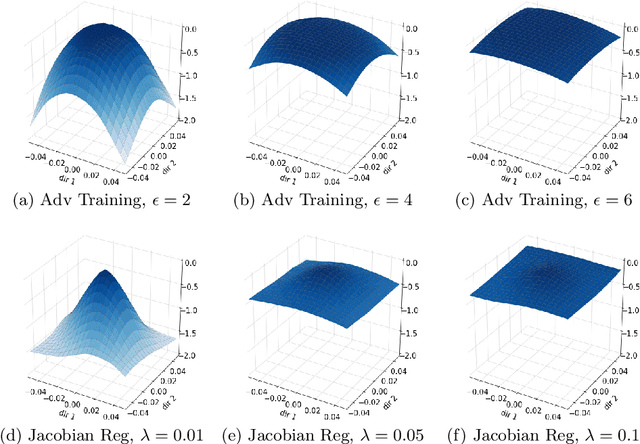

Abstract:Convolutional Neural Networks have been shown to be vulnerable to adversarial examples, which are known to locate in subspaces close to where normal data lies but are not naturally occurring and of low probability. In this work, we investigate the potential effect defense techniques have on the geometry of the likelihood landscape - likelihood of the input images under the trained model. We first propose a way to visualize the likelihood landscape leveraging an energy-based model interpretation of discriminative classifiers. Then we introduce a measure to quantify the flatness of the likelihood landscape. We observe that a subset of adversarial defense techniques results in a similar effect of flattening the likelihood landscape. We further explore directly regularizing towards a flat landscape for adversarial robustness.
 Add to Chrome
Add to Chrome Add to Firefox
Add to Firefox Add to Edge
Add to Edge